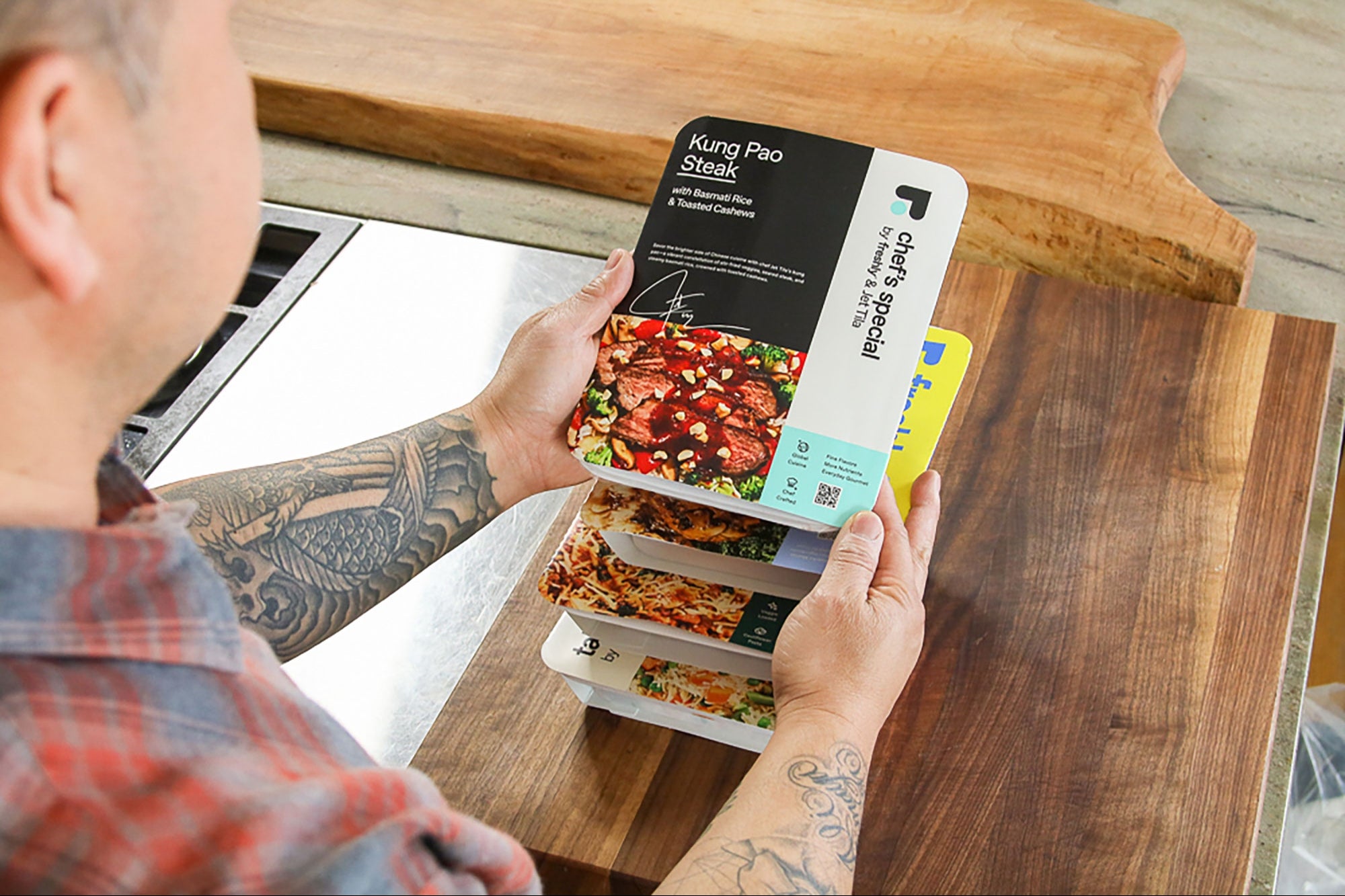The American Psychological Association has issued its first advisory on social media use in adolescence. What’s most striking in its data-based recommendations is how little we really know about how these apps affect our kids.
The relative newness of platforms like Snapchat and TikTok means little research is available about their long-term effects on teen and tween brains. Getting better data will require significant funding — and much more transparency from tech companies.
Perhaps a lack of clear data is one reason that so much of the conversation around social media and kids leans on our personal experiences and attitudes. And so much of the available data is murky: There’s plenty of correlative evidence that platforms like TikTok, Snapchat and Instagram can have a negative effect on kids’ development, but very little causal data.
That doesn’t mean that our assumptions about social media’s deleterious effects on kids aren’t true, or that parents don’t have cause to worry. But it has led to an all-or-nothing discourse that often ignores the reality that social media isn’t going away.
The APA report wisely turns our attention to what we do and don’t know about tween and teens’ relationships with social media — and is a call to action for more research into how powerful technology could be reshaping social development. “It’s time to get the science out,” says Mitch Prinstein, the APA’s chief science officer.
What little evidence we do have unsurprisingly suggests that social media trades on incentives that aren’t great for young brains. Many kids’ first exposure to social media occurs “at the worst possible time when it comes to brain development,” says Prinstein, a psychologist and neuroscientist who studies adolescents’ social interactions at the University of North Carolina.
“That ‘like’ button and that artificial intelligence is going to affect young people’s brains in a way that’s very different from adult brains when it comes to the desire to stay online and to say or do almost anything to get followers.” When it comes to social interactions, he compares kids’ brains to a car with a huge gas pedal and weak brakes.
The research would be a lot more productive if tech companies were open about what they know about kids’ use of their platforms. Companies have hired their own psychologists to test different ways to pull users in, and surely are tracking data on how different demographics respond to social media. That data could help researchers like Prinstein understand social media’s impact on kids’ mental health, and in particular identify specific groups that are particularly susceptible to negative experiences, or conversely might be benefiting from social media.
Tech companies must also do more to adapt the user experience to make it safer for adolescents. That could start, of course, with ensuring that kids’ scrolling isn’t leading them to potentially harmful content. But smaller changes — like an age limit on access to the “like” button and time limits on how long adolescents can scroll — could also help, based on the little we already know.
And of course, kids have ready access to social media because parents allow it. One big reason parents cave to pestering for a phone and access to TikTok or Instagram is because they worry their child will be left out.
On that point, Prinstein said something that I think many parents need to hear: “We have no data to say kids will suffer social consequences by being offline.”
Keep that in mind during the next battle with your kid over when they can finally get a phone or their own Snapchat account. The social media genie might be out of the bottle, but it doesn’t mean parents have lost all control.
Lisa Jarvis is a Bloomberg Opinion columnist. ©2023 Bloomberg. Distributed by Tribune Content Agency.









